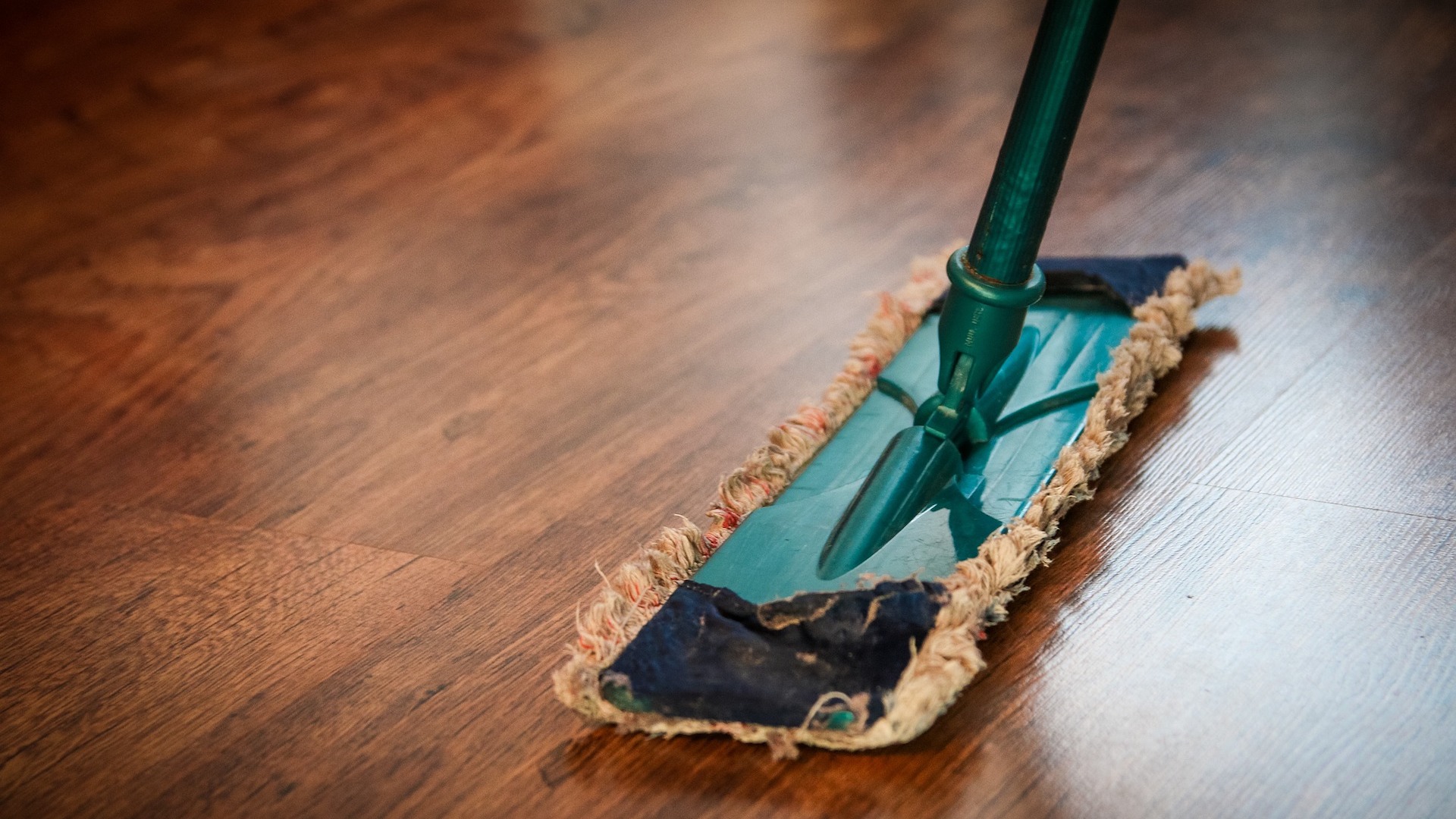Can landlords charge for wear and tear?
No, landlords can’t charge tenants for fair wear and tear. The laws in the UK clearly state that any attempt to charge tenants for normal wear and tear would be considered unreasonable and potentially illegal.
However, defining wear and tear can sometimes be subjective. While worn carpets and minor scratches are generally accepted, larger issues like burns, stains, or significant damage to walls or floors are not considered wear and tear. Even things like failing to use an the extraction fan after having a shower and damp or mould developing as a result can make a tenant liable for costs. To avoid disputes, tenants should document the property’s condition when they move in and at the end of the tenancy.
Tenancy deposit protection
In the UK, landlords are required to protect tenants’ deposits in a government-approved tenancy deposit protection scheme. This, in theory, helps ensure that disputes over deposits are handled fairly. The time in which your landlord must return your deposit may vary.
If a landlord tries to make deductions from a deposit for wear and tear, tenants can dispute this through the tenancy deposit protection scheme – most of which offer a free service to help solve disagreements. The scheme will review evidence from both parties and make a decision based on what counts as wear and tear in a rented home.
A landlord can’t be “put in a better position after the tenancy than they otherwise would have been, had the tenancy not taken place,” said a spokesperson for mydeposits Scotland, a deposit protection service.
“For any claim where full redecoration of an area has been carried out, an allowance must always be made for fair wear and tear for the length of the tenancy and its original condition if it was not newly painted.
Advertising helps fund Big Issue’s mission to end poverty
“It’s important to bear in mind the average lifespan of decoration and other items when considering what might be a reasonable contribution to request from the tenant’s deposit.” In some cases, adjudicators resolving disputes between landlord and tenant will take into account how recently the home was redecorated when deciding if deterioration in the property is reasonable or not.
“Carrying out a pre-checkout inspection can be worth doing to highlight any repairs, giving the tenant the opportunity to make good before leaving,” the spokesperson added. “Where there are no surprises, negotiation may be more successful at the end of the tenancy.”
What damage Is a tenant liable for?
Tenants can be asked to pay for any damage they cause to the property that goes beyond normal wear and tear. This can include broken windows or doors, and large stains or burns on floors. It might also cover pest infestations, if the tenant is considered to have done something to cause it.
They could also be asked to cover the cost of repairing holes in walls, damaged kitchen appliances, and significant damage to furniture (if the property came furnished).
Remember tenants aren’t responsible for issues present before they moved in. That’s why it’s important to be given, and to go through, an inventory and condition report at the beginning of a tenancy.
Tenants should report any maintenance issues or damage to their landlord as soon as possible. Delaying reporting can sometimes make a tenant liable if the problem worsens due to neglect. A small leak left unreported could lead to significant water damage, for example.
Advertising helps fund Big Issue’s mission to end poverty
People living in a rented home are responsible for taking reasonable care of the property. This includes keeping it clean, using fixtures and fittings correctly, and not deliberately causing damage. But tenants are not responsible for repairs that are the landlord’s duty, such as fixing structural problems or replacing broken boilers.
Who pays for accidental damage to rental property?
Accidents happen, and sometimes tenants accidentally cause damage to the property. Whether the tenant or landlord pays for these repairs can depend on the circumstances and the terms of the tenancy agreement.
In most cases, tenants are expected to pay the costs of accidental damage. This could be anything from spilling red wine on the carpet to accidentally breaking a window. Tenants should check their tenancy agreement, as it usually outlines exactly what they’re responsible for in terms of damage.
Many landlords have landlord insurance that covers accidental damage, but this doesn’t always mean the tenant is off the hook. Some insurance policies might cover the costs initially, but the landlord could still ask for reimbursement from the tenant. It’s a good idea for tenants to have their own contents insurance.
If something is accidentally damaged, the tenant should let the landlord know as soon as possible. Being upfront and honest can make things easier for everyone, and resolve the issue quicker. In some cases the landlord might agree to share the cost of repairs, especially if the damage was minor or easily fixable.
The law requires landlords to ensure that rented properties are safe and free from serious hazards throughout a tenancy. This means they have to carry out necessary repairs and maintenance, regardless of whether the damage was accidental. This doesn’t absolve tenants from their responsibility to repair or pay for damages they have caused, however.
Advertising helps fund Big Issue’s mission to end poverty
Steps to take if your landlord is not doing repairs
Start by documenting the issue thoroughly. Take photos or videos showing the problem and any correspondence with the landlord about the repair. Send a written request to your landlord detailing the necessary repairs including the date, a description of the problem, and any previous attempts to resolve the issue. This creates a paper trail that can be useful if the situation escalates.
Landlords are legally required to keep the property in a habitable condition and carry out necessary repairs. If your landlord isn’t complying, you might have grounds to take further action. And if they fail to make the needed repairs and the problem is putting your health at risk – mould or damp, for example – you can contact your local council’s environmental health department. They can inspect the home and, if necessary, issue an enforcement notice requiring the landlord to carry out the repairs.
If all else fails, you might need to consider taking your landlord to court. This can be a lengthy and costly process, so it’s generally a last resort. Get advice from organisations like Citizens Advice, Shelter or your local tenants’ union before you take any action.
Don’t withhold rent, even if your landlord isn’t meeting their responsibilities to keep your home habitable – you’ll fall into rental arrears and could be evicted.
Tenants have a right to live in a safe and habitable home. And, provided that the tenant didn’t cause the issue through neglect of the property, landlords have a legal obligation to make sure this standard is met. Always document problems, communicate clearly and politely, and don’t hesitate to seek tailored expert advice if you’re facing issues in your home or being asked to pay for fair wear and tear.
Do you have a story to tell or opinions to share about this? Get in touch and tell us more. Big Issue exists to give homeless and marginalised people the opportunity to earn an income. To support our work buy a copy of the magazine or get the app from the App Store or Google Play.
Advertising helps fund Big Issue’s mission to end poverty









